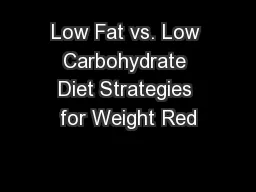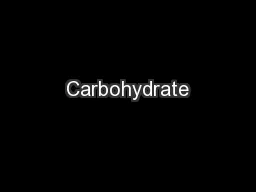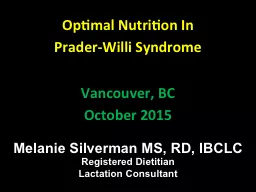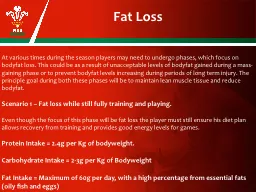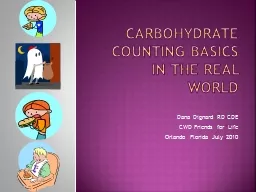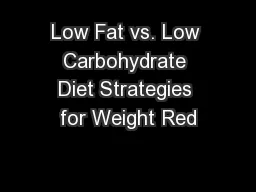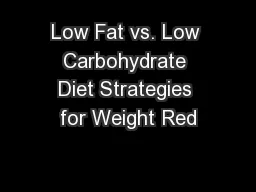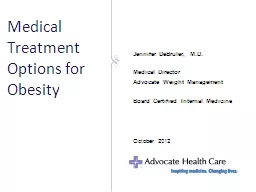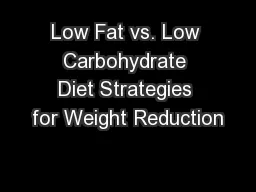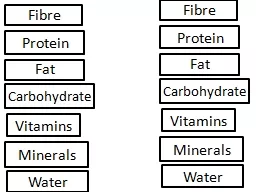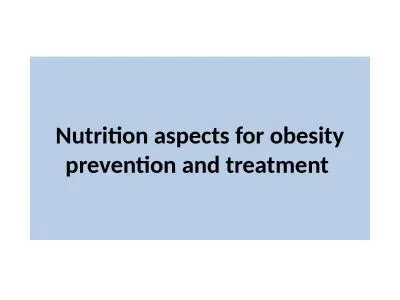PPT-Low Fat vs. Low Carbohydrate Diet Strategies for Weight Red
Author : alexa-scheidler | Published Date : 2015-10-01
A MetaAnalysis Prof Mona Boaz Department of Nutrition School of Health Sciences Ariel University Epidemiology and Research Unit E Wolfson Medical Center Globesity
Presentation Embed Code
Download Presentation
Download Presentation The PPT/PDF document "Low Fat vs. Low Carbohydrate Diet Strate..." is the property of its rightful owner. Permission is granted to download and print the materials on this website for personal, non-commercial use only, and to display it on your personal computer provided you do not modify the materials and that you retain all copyright notices contained in the materials. By downloading content from our website, you accept the terms of this agreement.
Low Fat vs. Low Carbohydrate Diet Strategies for Weight Red: Transcript
Download Rules Of Document
"Low Fat vs. Low Carbohydrate Diet Strategies for Weight Red"The content belongs to its owner. You may download and print it for personal use, without modification, and keep all copyright notices. By downloading, you agree to these terms.
Related Documents

